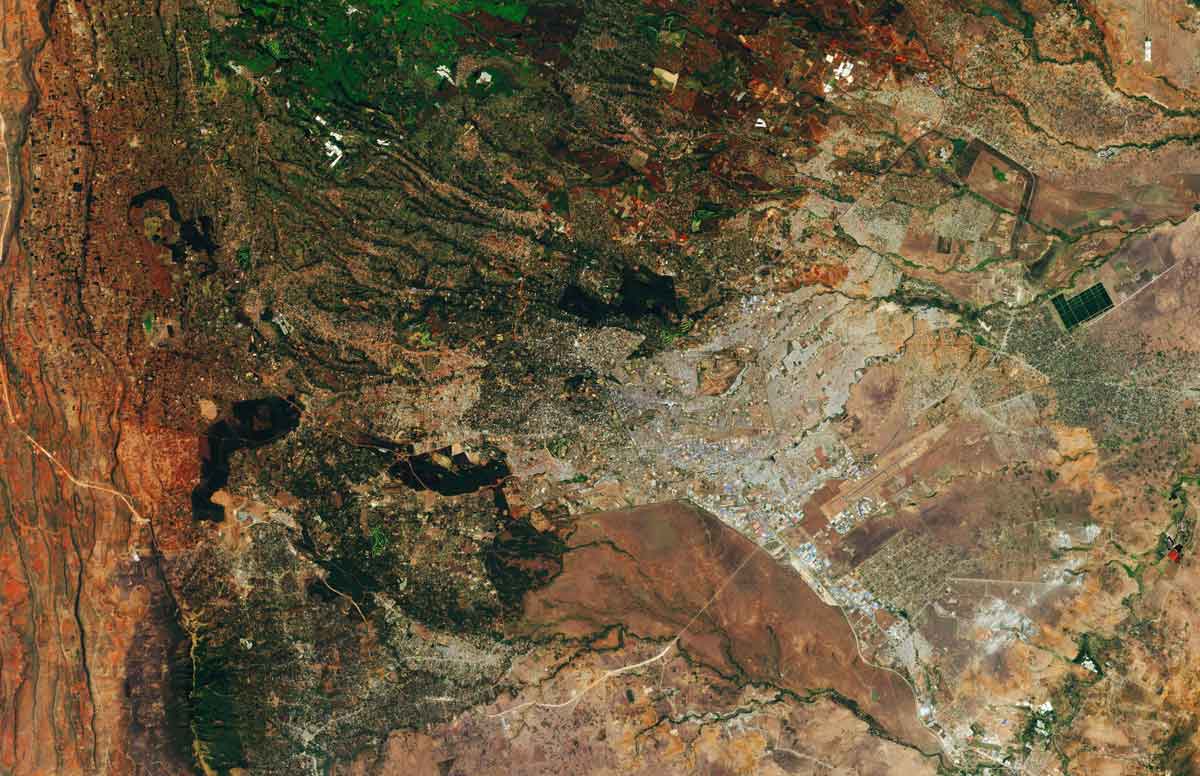Digital maps displaying programme resources, population numbers, immunisation coverage indicators and other geographic data facilitated by geospatial technologies and visualised within Geographic Information Systems (GIS) help reveal patterns in space and over time to facilitate better use of information and decision-making. Despite recent advances in technologies and data collection devices, the use of geospatial technologies for immunisation programme delivery and other public sector health applications is still underdeveloped in most low- and middle-income countries (LMICs) with few programs able to sustainably scale and cross the chasm from shape files to GIS-enabled decision making, planning, and monitoring.
Improving Immunisation Coverage and Equity through the Effective Use of Geospatial Technologies: A Landscape Analysis and Theory of Change explores current approaches to leaving no child behind with immunisation by harnessing geospatial technologies and GIS to improve immunisation coverage and equity in low- and middle-income countries.
Through an evidence and document review, key informant interviews and a survey of national and global-level GIS experts, the potential for geospatial data and technologies to impact immunisation programing is described in eight use cases that demonstrate how the visualisation of geospatial data, spatial analysis and geostatistical modeling can help service delivery teams identify zero-dose children (children who have never been immunised) and improve service delivery to achieve equity in vaccine coverage. Case studies describe the experiences in Nigeria, Myanmar and Cameroon, demonstrating the achievements, investments and enabling environments that can contribute to successful digital mapping efforts.
These foundations and lessons form the basis of the Theory of Change to inform investment in GIS-enabled strategies that contribute to powerful changes that optimise routine immunisation programme and campaign design, implementation, and monitoring to increase the number of fully-immunised children globally.

